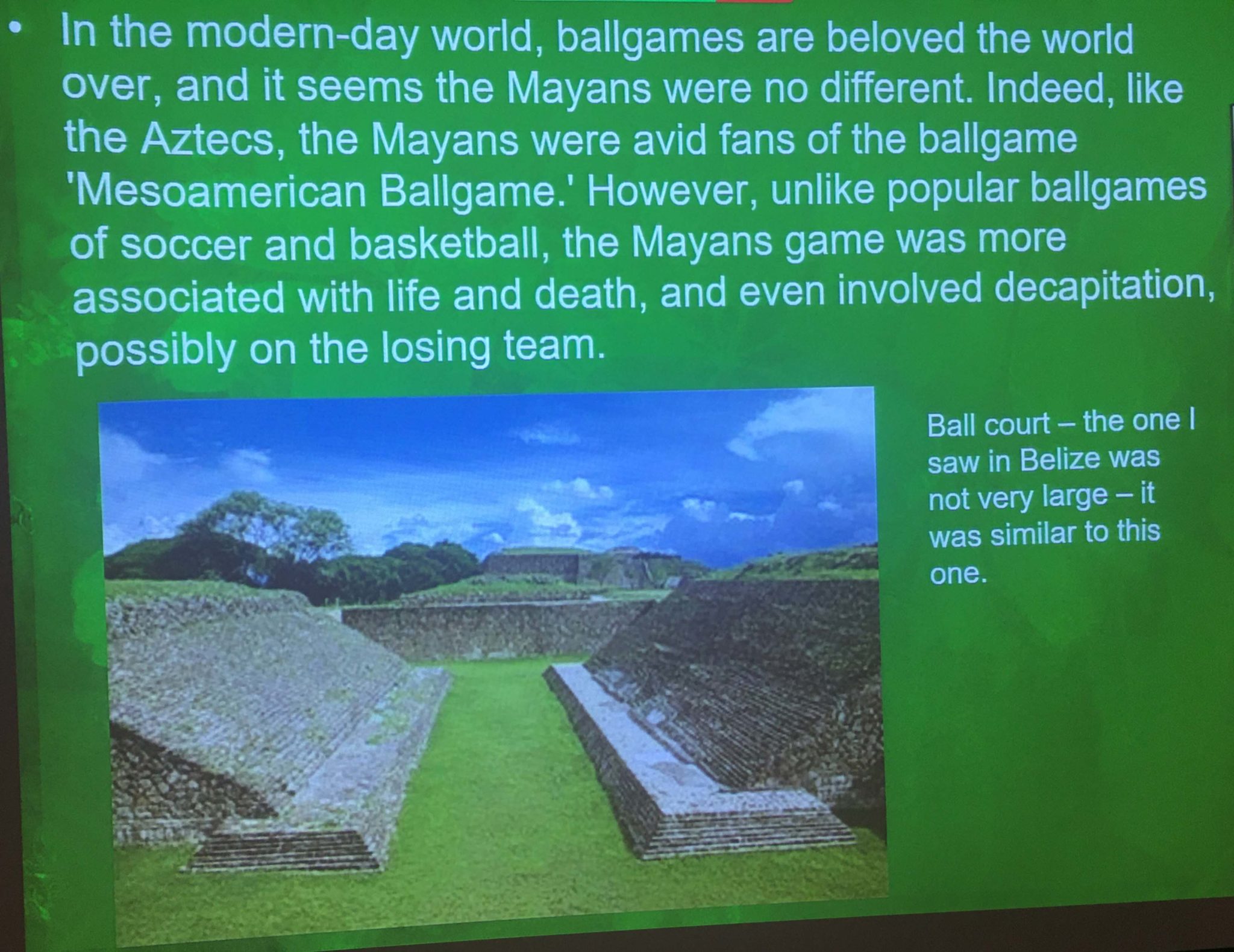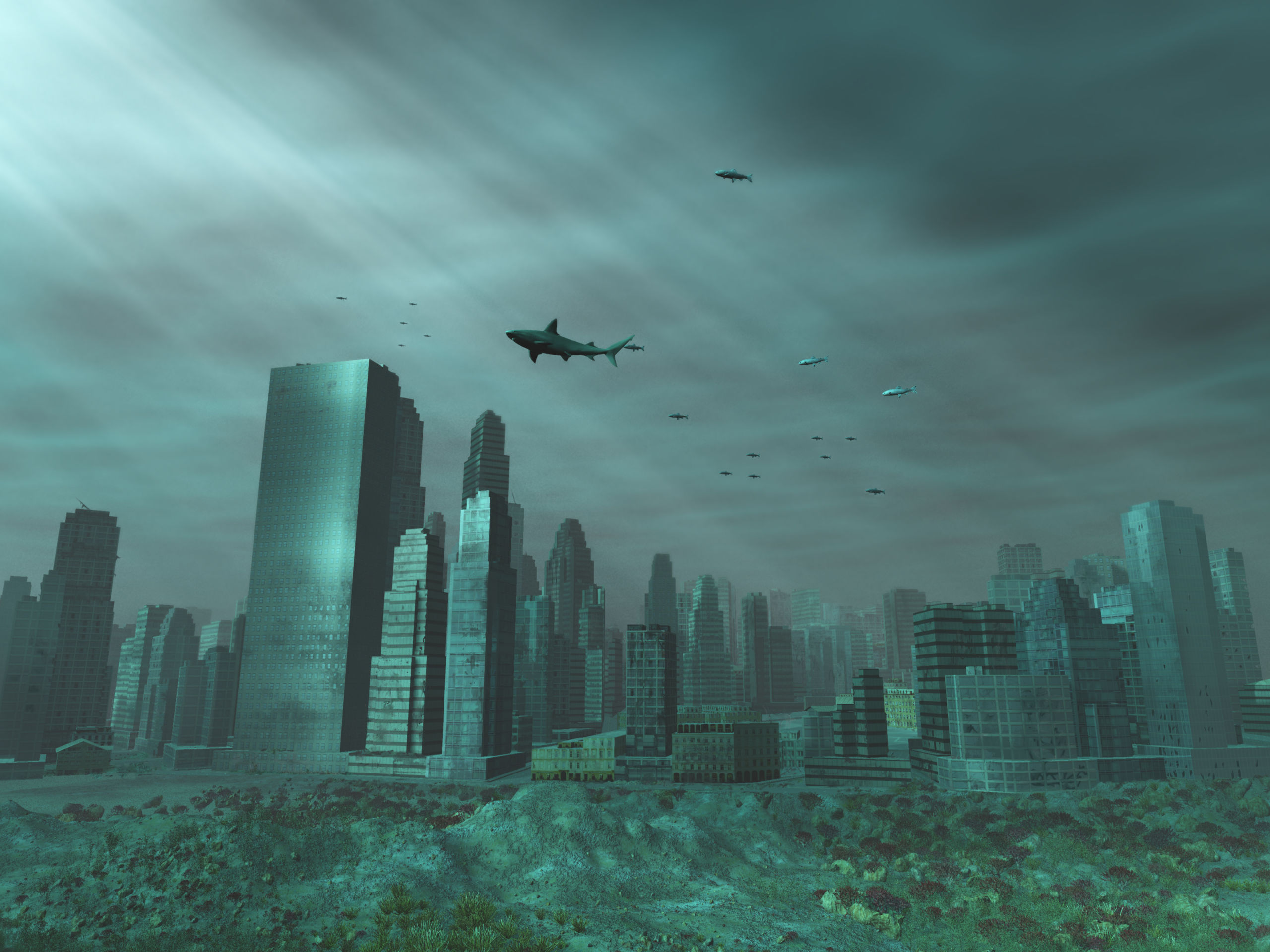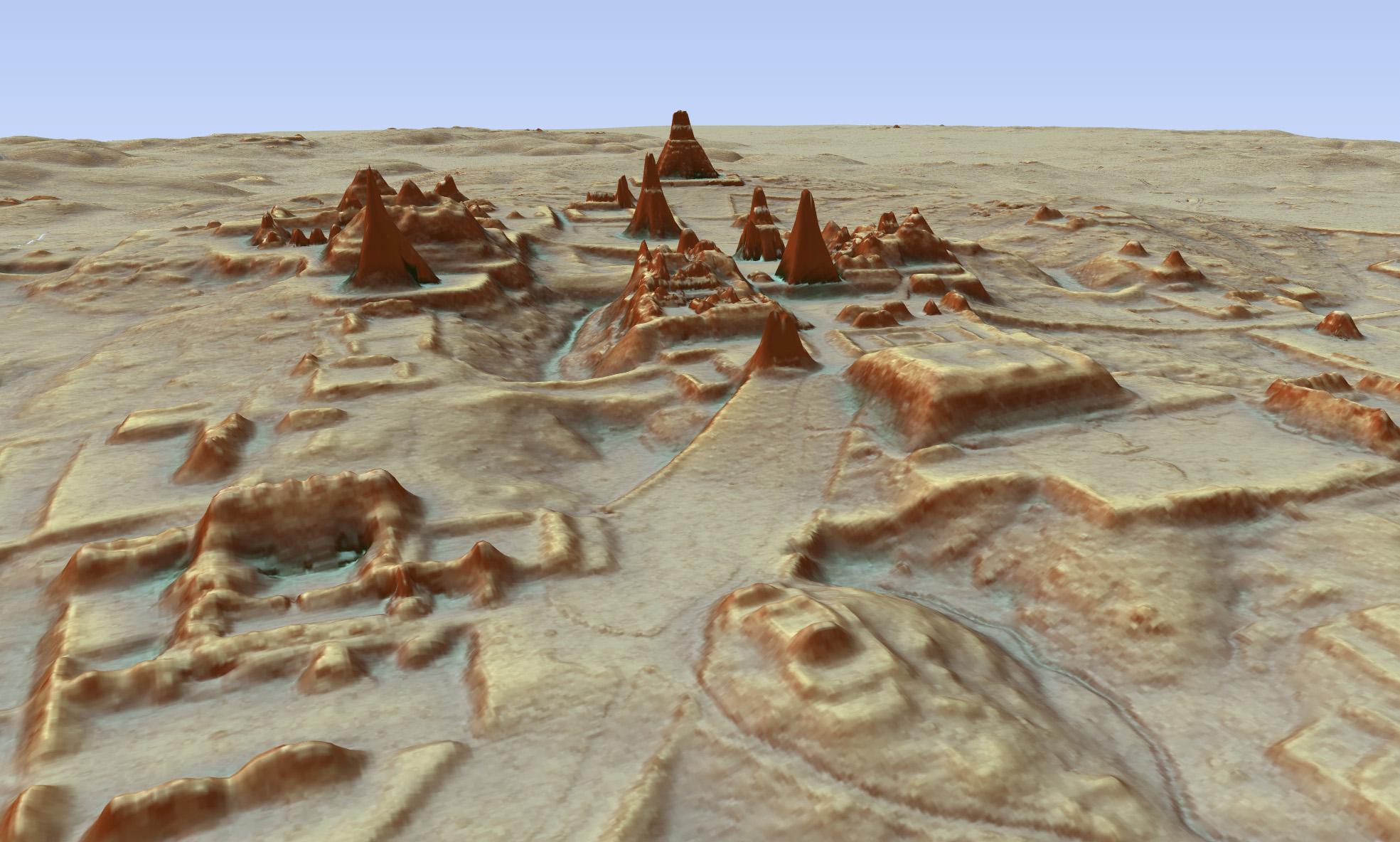What could be more exciting and adventurous than discovering a forgotten underwater city from the ancient Mayan civilization? Lalachus: Exploring The Ancient Mayan Civilization's Forgotten Underwater City takes you on a thrilling journey to uncover the secrets of this lost world.

Students Journey with Dominick to Ancient Mayan Civilization - The - Source thecollegeexperience.org
Editor's Notes: "Lalachus: Exploring The Ancient Mayan Civilization's Forgotten Underwater City" have published today date. Given its historical significance and captivating exploration, Lalachus has become a must-read for anyone interested in ancient civilizations, underwater archaeology, or the wonders of the natural world. Through extensive research, analysis, and interviews with experts, this guide provides a comprehensive and engaging account of this remarkable discovery.
To help you understand the significance of Lalachus, we've compiled a table highlighting its key features and benefits:
| Key Feature | Benefits |
|---|---|
| Detailed exploration of the underwater city | Immersive journey into the lost world of the Mayans |
| Expert insights and analysis | Gain valuable knowledge and perspectives from leading archaeologists |
| Stunning visuals and imagery | Experience the beauty and mystery of the underwater city firsthand |
As we delve into the main article topics, you'll uncover the fascinating history, archaeological discoveries, and the ongoing exploration of Lalachus. This guide will captivate your imagination, expand your knowledge, and leave you in awe of the wonders that lie beneath the surface of our oceans.
FAQ
This FAQ section provides answers to common questions about the fascinating underwater city of Lalachus, shedding light on its significance and the ongoing exploration efforts.
Question 1: What is the significance of Lalachus?
Lalachus is an ancient Mayan city submerged beneath the waters of Lake Bacalar in Mexico. Its discovery has revolutionized our understanding of Mayan civilization, revealing advanced hydraulic engineering, urban planning, and ritual practices.

The Mayan - Restaurants Birmingham - Source restaurantsbirmingham.co.uk
Question 2: How was Lalachus discovered?
Lalachus was first documented by divers in 2007. Subsequent archaeological expeditions have meticulously mapped and explored its submerged structures, uncovering an intricate network of canals, plazas, and temples.
Question 3: What are the challenges of exploring Lalachus?
Exploring Lalachus requires specialized diving equipment and expertise. The underwater environment poses challenges such as poor visibility, strong currents, and the preservation of fragile artifacts.
Question 4: What have archaeologists learned from Lalachus?
Archaeological research at Lalachus has provided valuable insights into Mayan water management, urban development, and ritual practices. It has challenged previous assumptions about the Mayans' relationship with their environment and their level of technological sophistication.
Question 5: Is Lalachus open to the public?
Currently, Lalachus is not accessible to the general public due to its remote location, depth, and the need for specialized equipment. However, researchers and divers are actively working to make the site accessible for future exploration and education.
Question 6: What is the future of Lalachus?
Ongoing research and conservation efforts aim to protect and preserve Lalachus for future generations. Archaeological excavations, underwater mapping, and educational outreach will continue to unravel the secrets of this ancient Mayan city, providing invaluable knowledge about the past and inspiring future discoveries.
Through ongoing exploration and research, Lalachus: Exploring The Ancient Mayan Civilization's Forgotten Underwater City continues to captivate the world, shedding light on the ingenuity, artistry, and enduring legacy of the ancient Maya.
Transition to the next article section:
Tips
Scuba diving in the underwater Mayan city is an experience that will create lifetime-lasting memories. Here are some tips to make the most of your expedition:
Tip 1: Get Certified
Before embarking on this adventure, it is crucial to obtain proper diving certification. This not only ensures your safety but also enhances your confidence and allows you to fully appreciate the underwater wonders.
Tip 2: Choose a Reputable Dive Operator
Partnering with an experienced and reputable dive operator is essential for a safe and rewarding experience. Look for operators with a proven track record, knowledgeable guides, and well-maintained equipment.
Tip 3: Check Weather Conditions
Plan your dive during favorable weather conditions to ensure optimal visibility and water clarity. This will allow you to fully immerse yourself in the beauty of the underwater city.
Tip 4: Respect the Environment
Remember that you are visiting a delicate ecosystem. Avoid touching or removing any marine life or artifacts. Respect the underwater environment and leave it pristine for future generations.
Tip 5: Bring an Underwater Camera
Capture the breathtaking beauty of the Mayan underwater city with an underwater camera. This will allow you to document your experience and share the wonders of this ancient civilization with others.
By following these tips, you can ensure a safe, enjoyable, and unforgettable diving experience in the underwater Mayan city.
Lalachus: Exploring The Ancient Mayan Civilization's Forgotten Underwater City
The discovery of Lalachus, an ancient Mayan city submerged in the depths of a Mexican lake, has opened up a new chapter in our understanding of this enigmatic civilization. This forgotten underwater city unveils several key aspects that illuminate the complexities of the Mayan culture:
- First Exploration: The initial exploration of Lalachus in 2007 introduced underwater archaeology to the study of Mayan civilization.
- Unique Preservation: The submerged environment has preserved organic materials and artifacts, offering a glimpse into the daily lives of the Mayan inhabitants.
- Advanced Architecture: The discovery of temples, palaces, and causeways showcases the Mayans' architectural prowess and urban planning.
- Ritualistic Significance: The presence of altars, offerings, and a sacred cenote suggests Lalachus served as a ceremonial center.
- Economic Prosperity: The abundance of trade goods, including obsidian, ceramics, and jade, indicates the city's flourishing economy.
- Environmental Resilience: Lalachus's location within a lake likely provided protection and sustained its inhabitants during periods of drought.

Flooded City Underwater - Source ar.inspiredpencil.com
These key aspects collectively paint a vivid picture of Lalachus as a thriving urban center with a rich cultural and economic life. The underwater environment has not only preserved its physical structures but also the intricate tapestry of the Mayan civilization that flourished there centuries ago.

Unearthing a Maya Civilization That ‘Punched Above Its Weight’ - The - Source www.nytimes.com
Lalachus: Exploring The Ancient Mayan Civilization's Forgotten Underwater City
The discovery of Lalachus, an ancient Mayan city submerged beneath the waters of Lake Bacalar in Mexico, has provided valuable insights into the advanced civilization that flourished there centuries ago. The city's well-preserved structures, including pyramids, temples, and residential buildings, offer a glimpse into the daily life, religious practices, and architectural achievements of the Mayans.

‘Lost’ ancient Mexican city had as many buildings as Manhattan, laser - Source www.independent.co.uk
The exploration of Lalachus has shed light on the Mayans' sophisticated knowledge of engineering and hydraulics. The city's buildings were constructed using a combination of limestone blocks and mortar, demonstrating their mastery of building techniques. The presence of canals and reservoirs suggests a complex water management system, indicating their understanding of hydraulic engineering.
Lalachus has also yielded important artifacts, including pottery, jewelry, and tools. These artifacts provide valuable information about the cultural and technological advancements of the Mayans. The discovery of a large number of obsidian tools, for example, suggests that the Mayans had a thriving trade network, as obsidian is not found locally in the area.
The exploration of Lalachus has not only contributed to our understanding of the Mayan civilization but has also raised awareness of the importance of preserving underwater cultural heritage. The site serves as a reminder of the rich history that lies hidden beneath the waves, highlighting the need for further research and conservation efforts to protect these valuable historical resources.
| Key Insight | Significance |
|---|---|
| Discovery of well-preserved Mayan structures | Provides insights into Mayan architecture, engineering, and daily life |
| Sophisticated water management system | Demonstrates Mayan understanding of hydraulic engineering |
| Abundance of artifacts | Offers valuable information about Mayan culture and technology |
| Preservation of underwater cultural heritage | Raises awareness of the importance of protecting historical resources beneath the waves |